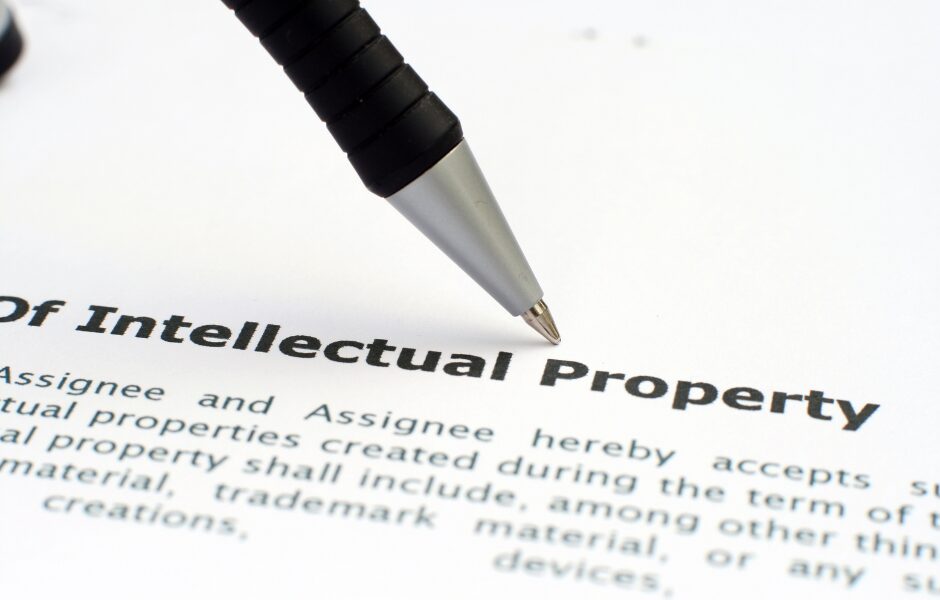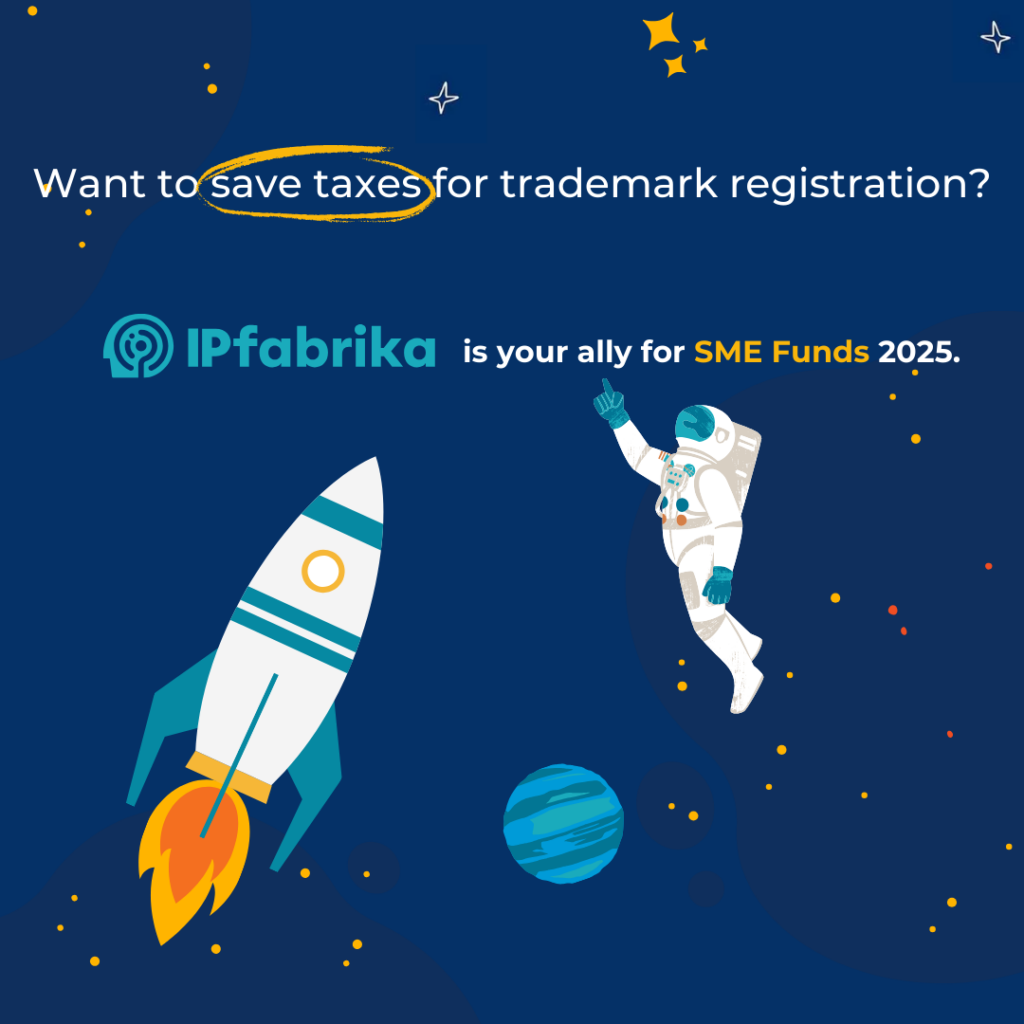Understanding the relationship between intellectual property, industrial property, and copyright is crucial, particularly when it comes to their protection. Knowing how to distinguish between these three concepts is key for individuals and companies, whether they create products, services, inventions, works of art, designs, symbols, processes, or other intellectual works.
Intellectual Property is the broad, overarching term that includes industrial property, copyright, and related rights. It refers to creations that are the product of human intelligence (though artificial intelligence is increasingly playing a role in this sphere). These creations are the result of thought processes and imagination, materialized in various forms.

Industrial Property, on the other hand, is a more specific subset of intellectual property that includes inventions, utility models, industrial designs, trademarks, company names, geographical indications, and trade secrets. Industrial property involves creations that stem from intellectual labor but are realized through industrial means. For instance, a coffee maker is an invention born of many ideas, but its realization involves materials, components, and technical processes. These creations are typically objectified and registered, with registration marking the point where the “industrial” aspect comes into play.
Copyright and Related Rights are also the result of intellectual activity and fall under the umbrella of intellectual property. However, unlike industrial property, they arise automatically when the work is created and are not subject to a registration process. While industry may assist in the creation and dissemination of copyrighted works, it does not overshadow the intellectual and creative contributions of the author.
Photo: Unsplash





